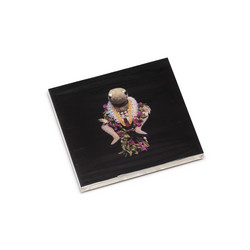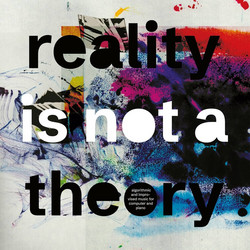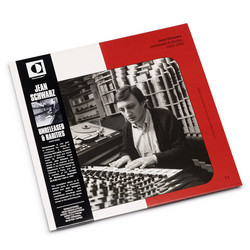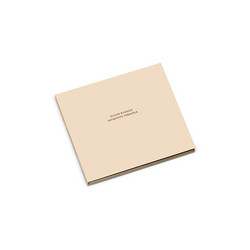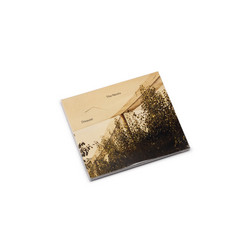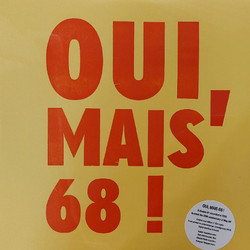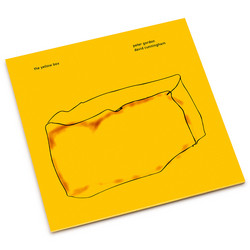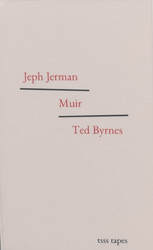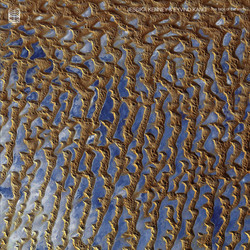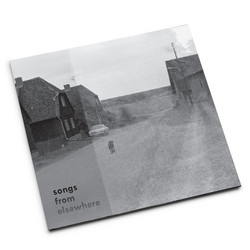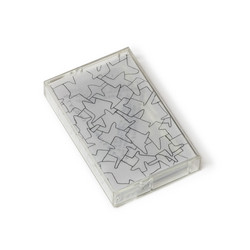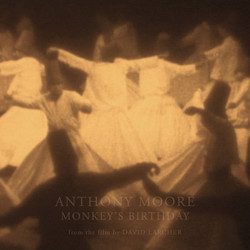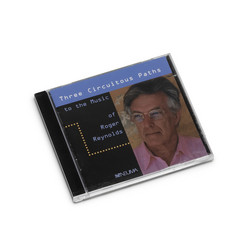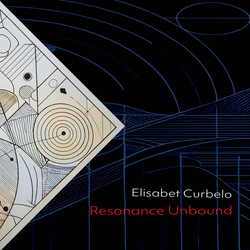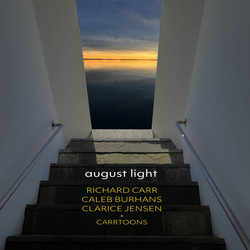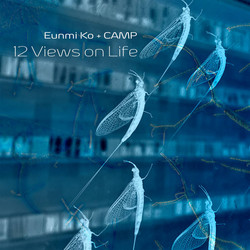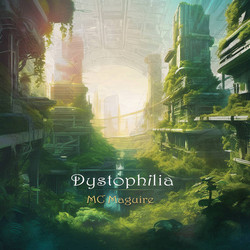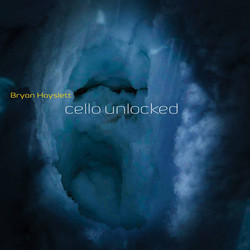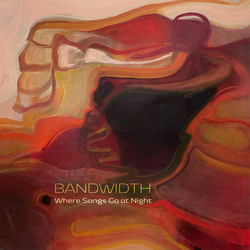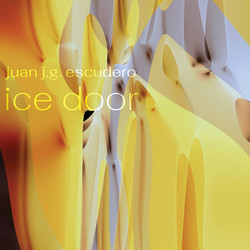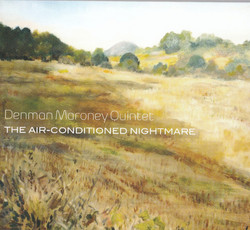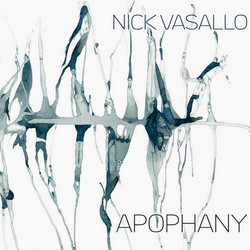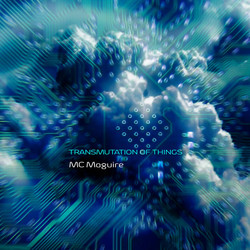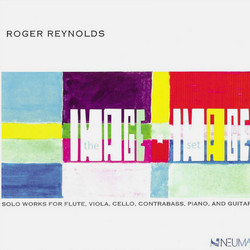1
2
3
4
Douglas Ewart is no stranger to present moments. He has been a creative force – and AACM pillar – for decades and brings his life-affirming energy and formidable artistic prowess to bear wherever he goes. Emphatic Now finds him in Provo with fellow improvising gurus, Christian Asplund and Steven Ricks. The E A R Trio (get it?) found time to record their musical encounter at Brigham Young University during Ewart’s 2022 residency there (12 years in the making). They planned for a long session in Madsen Recital Hall—a familiar space Asplund and Ricks (as Ricksplund) had performed in dozens of times — made all the more present due to the fact it was scheduled for demolition to make way for new university buildings (and is now gone). This album is the result of that session, and Douglas Ewart’s voice—both literally through his recitation of his poignant poems, and aesthetically through his playing—remains central to all these tracks, which take their names from the titles and lines of his poems, or from words suggested by them.
The Isness of Love and Water Song feature spontaneous recitations by Ewart that address social concerns and themes that permeate much of his work. He poses provocative questions like “Is love something we find or something we cultivate, or is it manifold?” And as he riffs on the fact that in some places of the world women and girls forfeit school and education to carry water long distances, he asks “Ever had to carry water?” In the improvisatory Did You See That he leads with emphatic jabs like “Did you do that?” His words explore the profound and the mundane and throughout force introspection and self-examination. In many cases Ewart and his collaborators take this idea of probing and challenging in more abstract sonic directions, with instruments including trombone, electronics, piano, and Ewart’s self-built bamboo wind instruments.
Throughout the natural ebb and flow of these sonic sojourns, listening is primary, and close attention to the timbres of the instruments and musical intentions of the players involved shape the music in both subtle and dramatic ways. Ewart’s artistic voice in the instrumental tracks and passages remains primary through his unique and present manner of playing. The trio is always more than the sum of its parts. This recording stands as an inspirational artifact featuring one of the most influential voices in American Creative Music, supported by other experienced practitioners who were excited to be part of the process. The musical moment – like the building these sounds were made in – is now gone; a treasured memory of meeting, visiting, and parting.
The Isness of Love and Water Song feature spontaneous recitations by Ewart that address social concerns and themes that permeate much of his work. He poses provocative questions like “Is love something we find or something we cultivate, or is it manifold?” And as he riffs on the fact that in some places of the world women and girls forfeit school and education to carry water long distances, he asks “Ever had to carry water?” In the improvisatory Did You See That he leads with emphatic jabs like “Did you do that?” His words explore the profound and the mundane and throughout force introspection and self-examination. In many cases Ewart and his collaborators take this idea of probing and challenging in more abstract sonic directions, with instruments including trombone, electronics, piano, and Ewart’s self-built bamboo wind instruments.
Throughout the natural ebb and flow of these sonic sojourns, listening is primary, and close attention to the timbres of the instruments and musical intentions of the players involved shape the music in both subtle and dramatic ways. Ewart’s artistic voice in the instrumental tracks and passages remains primary through his unique and present manner of playing. The trio is always more than the sum of its parts. This recording stands as an inspirational artifact featuring one of the most influential voices in American Creative Music, supported by other experienced practitioners who were excited to be part of the process. The musical moment – like the building these sounds were made in – is now gone; a treasured memory of meeting, visiting, and parting.
Details

